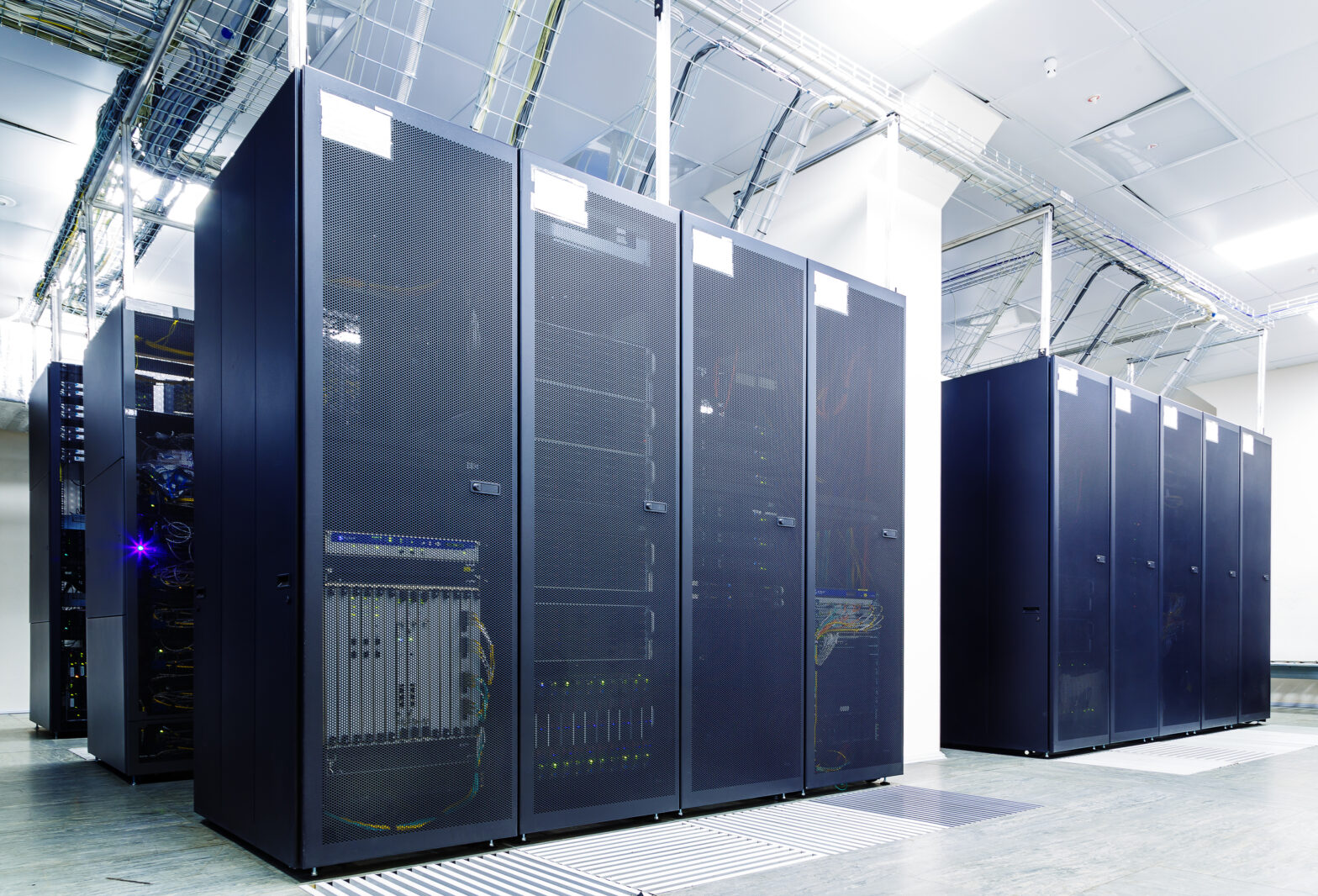It’ll be no surprise to anyone that more data is being created and collected than ever before.
This data explosion is being felt in the data centre industry, which is evolving to fit new storage demands from businesses – and it’s adapting in plenty of different ways. So what does this mean for 2017?
Blue skies, but with a bigger cloud
Choosing between an expensive and slow in-house server or one rack in an often remote colocation space in a data centre is simply no longer enough for data centre customers.
Businesses now need a storage solution that is scalable and can grow with the business.
>See also: Fortune telling: what’s in store for the data centre in 2017
This is particularly relevant now that big data is such a large industry – a survey by Gartner found that 25% of businesses plan to invest in big data in the next two years.
These companies that are taking on a massive amount of data at once, or using large-scale data management techniques need flexible storage solutions, such as public or private cloud.
Businesses keeping a closer eye on their data
The arrival of 2017 means a step closer to the new General Data Protection Regulations (GDPR), which will come into force in May 2018.
Even if the UK isn’t part of the EU by then, these regulations will mean a stricter enforcement of the data security measures within Europe. If companies don’t adhere to these regulations, they could face fines of up to €20 million or 4% of global annual turnover – whichever is greater.
This means that data centre providers, particularly those that operate in or handle data from European countries, will be looking to tighten up their security measures over the next year.
Whether this means that they will be looking for a combination of physical and virtual security in their data centres, or investing in disaster recovery solutions, businesses will be looking for evidence that their data is properly secured.
Increased automation through machine learning
Automation has been an important aspect of the data centre industry for years, but in the near future, it’s expected that machine learning will be utilised to allow computing and storage decisions to be quickly made and carried out, without the need for communication.
>See also: Challenges and opportunities facing data centres in the enterprise today
Data centres have already begun to embrace machine learning, with some data using artificial intelligence and algorithms to cut data usage by as much as 15%, and arguing that in some cases, algorithms can be more efficient than humans.
A greener industry
Google recently announced that its data centres will be entirely powered by renewable energy by 2017, and similar pledges could become a new year’s resolution for other data centres next year.
However, this is no longer just a good example for other data centres, but something that is essential.
At the beginning of this year, The Independent stated that data centres now consume about 3% of the global energy supply, with this amount expected to triple in the next decade.
This means that the global data centre industry needs to do everything that it can to become more energy efficient – something that we are expecting to see more of in 2017.
Smarter server and data centre design
Although the use of virtualisation is likely to grow next year, the need for data centres to take a greener approach to their day-to-day operations means that data centres are likely to re-evaluate the design of their servers and data centres to save energy.
Whether this is simply by making cooling systems more efficient or using outdoor micro-data centres like AOL, we may see more innovative and efficient ways of saving energy through data centre and server design.
>See also: Data dependence: the need for a reliable data centre
Ultimately, data centres need to evolve next year to suit a security-focused customer who requires a storage solution that is scalable, flexible and efficient.
And as more and more data is created, collected, and stored, we are likely to see the data centre industry evolve and look for new and modern ways to meet this need.
Whether this involves changing the design and even functioning of data centres remains to be seen, but 2017 is likely to bring plenty of change to the industry.
Sourced by Rob Garbutt, CEO at LDeX Group










